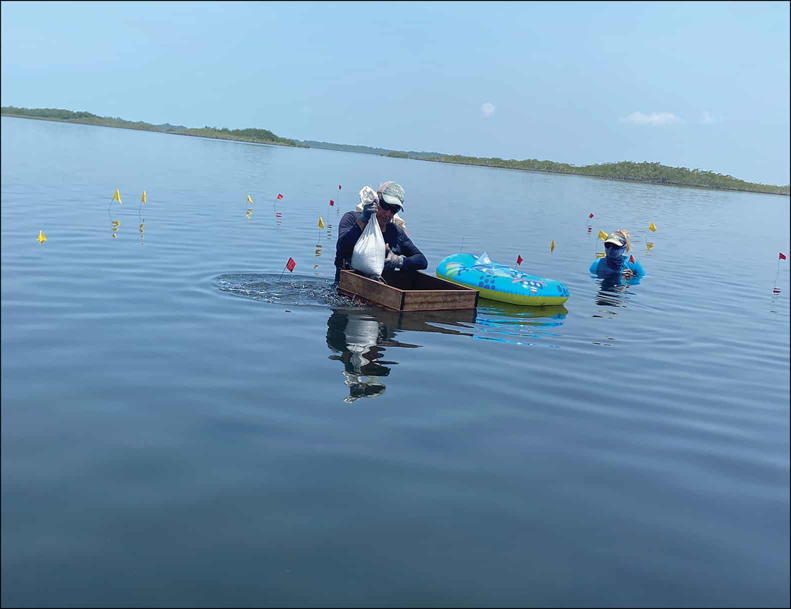The earliest Mayan saltworks were found underwater in southern Belize.
Humans cannot live without salt. Ancient civilizations, such as the Maya, primarily consumed plant-based diets (with maize, beans, and squash being staples), and salt held immense value. As agriculture developed and cities grew during the late Classic period (550-800 AD), the demand for salt increased. It was sourced from salt flats in the southern part of the Yucatán Peninsula by first dissolving it in water and then evaporating it in clay pots over a fire.
This conclusion was reached by researchers from the University of Louisiana (USA) in 2021, who thoroughly studied the saltworks of the Maya and the adjacent fish salting sites. It turned out that in the area of modern-day Belize (a small country on the eastern coast of Central America), salt was effectively harvested right in the backyard, supplying the ancient state's population.
Now, three years later, the research team made another discovery, finding the earliest evidence of salt production by the ancient Maya during excavations in the Punta Icacos lagoon in southern Belize, dating back to the early Classic period (250-550 AD). The results of the scientific work, published in the journal Antiquity, provided new insights into the evolution of the salt industry and its role in the development of civilization.
Under the guidance of Heather McKillop, the team of archaeologists uncovered underwater remains of wooden structures—salt kitchens—that were remarkably preserved due to the wetlands and red mangrove peat.
It was found that salt was produced there by evaporating seawater in large ceramic bowls over a fire. This production technology differed from later methods. In particular, instead of the usual clay pots and stands, local salt producers used large bowls with curved edges.

The absence of tools and artifacts characteristic of later periods indicates the inception of this industry.
The authors of the new study noted that during the early Classic period, salt was likely intended to meet local needs, with trade occurring over short distances, whereas in the late Classic period, as domestic demand grew, salt production became more extensive and organized.
Thus, this discovery allowed for tracing the changes in salt production technologies of pre-Columbian civilization, which likely contributed to the strengthening of trade and social ties within ancient society. Further excavations will help scholars delve deeper into the salt industry of the region to better understand how production technologies and organization evolved over time, as well as to learn more about the economic foundations of this ancient and remarkable civilization.